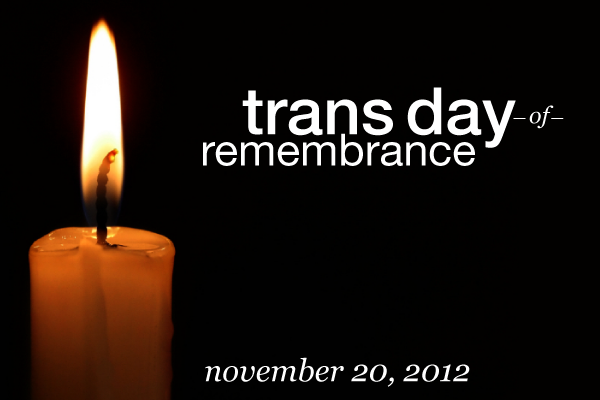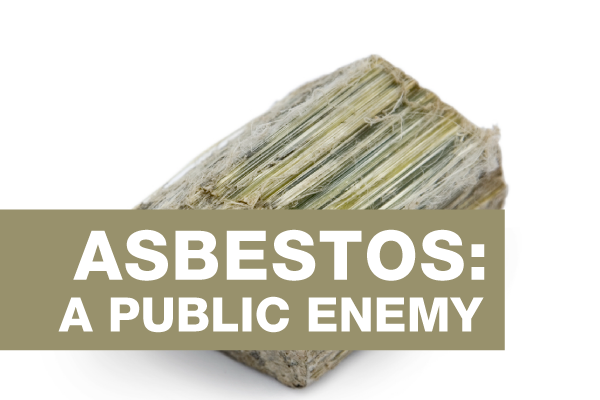
Omar Murray, our union’s regional vice-president for Saskatchewan, recently brought to our attention a very important campaign by our friends at the Agriculture Union. We encourage you to go to ProtectThePrairie.ca and sign the petition. But first, here’s everything you need to know about the issue (yes, it’s time for a wee history lesson!)
In the early 1930s, the entire western world was grappling with the effects of the Great Depression. In Canada, Prairie West and British Columbia were the worst hit. A period of extreme drought and ill-thought farming practices led to massive dust storms commonly called dust bowls in the early 30s (and now you know why they call it the “dirty thirties”!).
Enter the federal government.
By 1935, the government is faced with a massive amount of citizens fleeing the prairies to look for work elsewhere – and then there’s that massive ecological problem in the prairies. Thus is born the Prairie Farm Rehabilitation Administration (PFRA) in 1935.
The PFRA is a great example of how government can help. Despite what some of your conservative friends might tell you, big problems sometimes need big government.
PFRA was established to deal with the problems of soil erosion (and related soil conservation problems) and lack of water resources for agricultural development. Emergency programs instituted to deal with the devastating drought included on-farm dugouts for the conservation of water for livestock, strip farming to prevent extensive soil drifting, seeding of abandoned land for community pastures, and extensive tree-planting projects to protect the soil from wind erosion.1
And it worked! Today, the program lives on.
The PFRA manages 87 community pastures across the prairies, occupying more than 900,000 ha. Most were established in response to the drought of the 1930s. They provide grazing for local farms, protect the fragile land from erosion and protect biodiversity. […] The PFRA’s Shelterbelt Centre has provided trees and shrub seedlings to prairie landowners for farm, field, wildlife and agro-forestry plantings.2
Enter today’s Conservative government.
The federal government recently announced that it wants to hand over these crown-owned lands to the provinces. Saskatchewan is expected to sell off the lands; Manitoba may do the same. While Saskatchewan’s minister of agriculture says the government intends to sell or lease the pastures to existing patrons as a block, the Agriculture Union isn’t convinced this is realistic.
“Saskatchewan’s plan is fatally flawed because the huge price tag for that land is just not affordable for most producers. The voice of farmers and ranchers is just not being heard by the province or the federal government,” says Milton Dyck of the Agriculture Union.
Dyck said the farmers and ranchers share the union’s our concerns about protecting the environment and conserving these iconic lands for future generations.
Over at the Union of National Employees, Omar Murray is especially concerned about the loss of the Agroforestry Development Centre (formerly the PFRA Shelterbelt centre).
“Nearly every tree that you can see in Southern Saskatchewan, has been planted by somebody, whether it was in the farm yard or shelter belt,” said Murray. “We need to continue this program. Trees are the lifeblood of the planet.”
[1] Gilson, J.C. Prairie Farm Rehabilitation Agency. The Canadian Encyclopedia. Retrieved from http://www.thecanadianencyclopedia.com/articles/prairie-farm-rehabilitation-administration
[2] Canada’s Report on Domestic Activities Relevant to the United Nations Convention to Combat Desertification. Retrieved from http://www.unccd.int/Lists/SiteDocumentLibrary/otherParties/canada-eng.pdf








